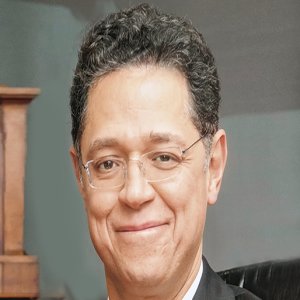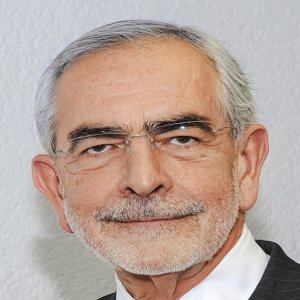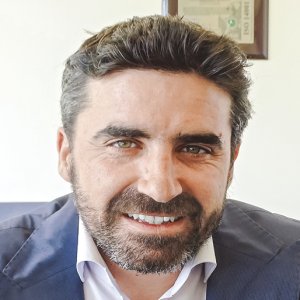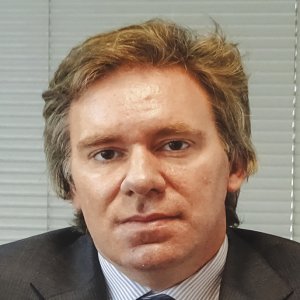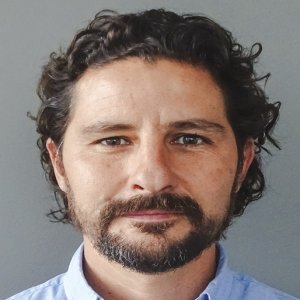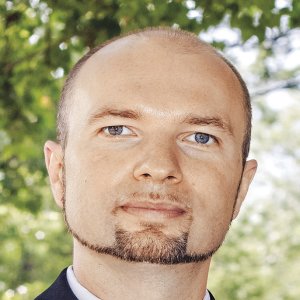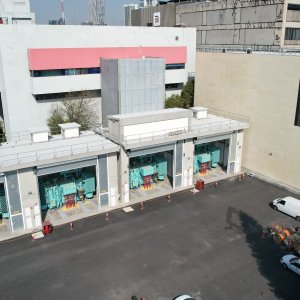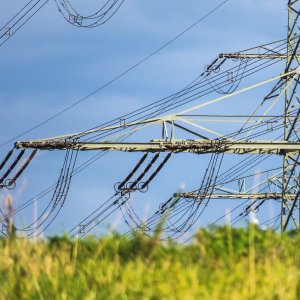Certifications Rise with Boom in Green Buildings

STORY INLINE POST
Mexicans have made it known they want a greener environment and developers are listening. The interest in sustainability is fueling a green construction boom that also has more companies looking at certifications to meet expectations. Sustentabilidad para México A.C. (SUMe) is a civil association that has been working for several years toward the adoption and creation of sustainable building standards. In Mexico, sustainable construction activity is driven by market demand rather than the building owner’s recognition of the advantages of going green, the main industry driver in other markets. “The educational level of the Mexican end user continues to rise, which is leading to a higher demand for sustainable products and services,” says José Gutiérrez, SUMe’s President.
Having a green certification from an independent and reliable third party is a proven strategy to attract customers interested in sustainable products. In markets like Mexico where end-user demand is crucial, certifications become an important tool to develop a profitable project. LEED has been the most-used green certification up to now but the boom in green building construction is expected to boost the popularity of other international and national standards. “We are mostly identified with the LEED certification but we actually work with all types of guidelines, including BREAM and the Living Building Challenge, which is less known but more challenging than LEED,” says Gutiérrez.
Increasing usage of the Living Building Challenge in Mexico would be particularly interesting because it sets some of the strictest standards in the industry and encourages building owners to become active producers instead of just optimizing consumption. According to Gutiérrez, “LEED prioritizes energy savings while the Living Building Challenge asks for net-positive energy buildings, giving at least 5 percent of their energy consumption back to the grid.” Gutiérrez highlights the importance of including regional characteristics even when using international standards. “Generalization is needed to get the big picture but we always need to dig into the problem’s particularities to find an adequate solution. This approach also is used by the Living Building Challenge, which allows flexibility in the strategy used,” he adds.
SUMe ensured that these aspects also were considered during the creation of SEMARNAT’s sustainable building standard (NMX-AA-164-SCFI-2013), which new buildings began using in 2016. “The norm takes into account the climate and other particular characteristics of Mexico’s different regions. Diversity is an important part of sustainability," Gutiérrez says.

